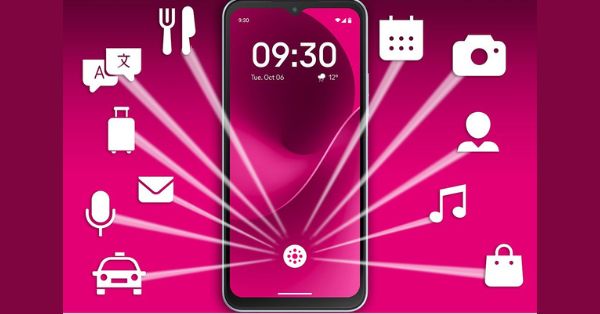Technology firms Aspia Space and Origin Digital have revealed a pioneering technology solution using AI and satellite data, a first of its kind that could dramatically transform grassland farming.
Aspia Space has created an inventive tool that precisely measures grass height through Earth observation satellite imagery. This technology allows remote pasture measurement, thus eliminating a laborious and time-consuming procedure in the grassland farming industry. When combined with Origin Digital’s know-how, it offers ground-breaking insights to improve productivity and profitability in grassland farming and land management.
The GrassMax service, an initiative of Origin Digital, will be the first to launch this technology in Ireland later this year. Aspia Space and Origin Digital are setting their sights on bringing this transformative remote measurement technology to more countries and climates globally. They also plan to create more products that will leverage data insights to endorse sustainable and profitable farming.
Dr. Mike Smith, Aspia Space’s co-founder and Director of AI, expressed, “Earth observation satellites offer a constant ‘eye in the sky,’ making it possible to regularly monitor every single field. Our patented ClearSky technology, utilizing a generative AI algorithm, ensures cloud-free imagery of the ground, enhancing satellite data reliability, particularly for agricultural uses. In collaboration with Origin Digital, we have developed a novel AI solution that uses ClearSky imagery to estimate grass height with an accuracy of just 1.5cm from almost 700 kilometres in space. Smith further explained, “Our algorithms offer physically meaningful insights that enable better decision-making on Earth. We are proud that this technology is being implemented in the GrassMax product.”
Kieran Holden, Grassland Digital Specialist at Origin Enterprises and a farmer in Ireland, voiced his excitement about the remote grass height measurement ability, claiming that it could save Irish farmers about two hours a week or €1,600 a year in measurement costs alone. Holden added that using the data from the GrassMax app could help farmers optimise their grass use, potentially increasing profitability significantly on an 80-hectare farm.
Duncan Robertson, Head of R&D at Origin Digital, called this a “game-changing moment for grassland farmers and their business partners,” enabling them to make better decisions about grazing schedules, animal nutrition, and silage cuts, resulting in less waste and a more sustainable food supply.
This announcement follows the introduction of Aspia Space’s patented ClearSky service, launched in January 2022. ClearSky combines satellite Earth observation imagery and generative AI to provide clients with cloud-free images of the ground.
The new tool, incorporated into Origin Digital’s GrassMax service, enables businesses partnering with grassland farmers to monitor live and forecasted grass yield, the number of days animals spend grazing in the fields, and other metrics aimed at increasing fertility, yield, and efficiency. These insights not only strengthen relationships with individual farmers but also increase visibility across the business on metrics from overall feed and fodder requirements to key sustainability targets.
The tool also holds potential for organizations verifying sustainability practices in the livestock supply chain, local councils monitoring grass length and cutting in parks and verges, and amenity providers and estates optimizing their land use.

































